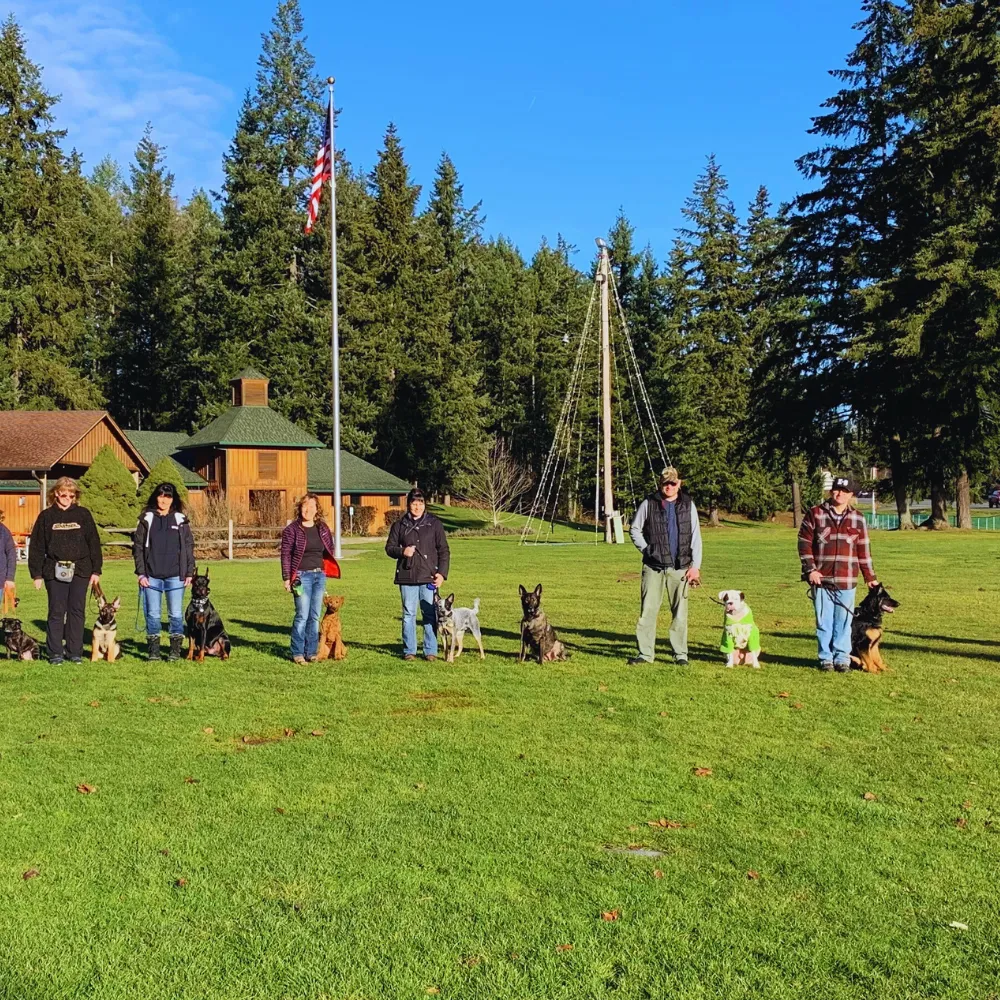How to Build a Strong Bond With Your Dog Through Positive Reinforcement
How to Build a Strong Bond With Your Dog Through Positive Reinforcement
When we first met Cooper, a young rescue dog, he barely made eye contact with his owner. He’d been through a rough start in life and didn’t trust easily. Within weeks of using positive reinforcement and trust-building techniques, Cooper’s tail wagged at the sound of his name. He now walks proudly by his owner’s side and curls up at their feet each night.
Stories like Cooper’s show that a strong bond with your dog doesn’t happen by chance—it’s built through love, consistency, and trust. One of the best ways to achieve this is through positive reinforcement, a training method that rewards the behaviors you want and strengthens your relationship at the same time.
As Dog Trainers and Psychologists, we’ve seen firsthand how powerful this approach can be. Here’s how you can use positive reinforcement to build a bond that lasts a lifetime.
What is Positive Reinforcement?
Positive reinforcement means rewarding your dog for good behavior so they’re more likely to repeat it. Rewards can be treats, toys, praise, or anything your dog loves.
Why it works:
- Dogs learn that good behavior = good things.
- Builds trust instead of fear.
- Strengthens your connection because your dog looks forward to working with you.
Example: When your dog sits calmly instead of jumping, reward them immediately. They’ll associate “sitting calmly” with positive attention and repeat it.
Why Your Bond Matters
A strong bond doesn’t just make life sweeter—it makes training easier and reduces behavior problems. When your dog feels safe and connected to you, they’re more likely to listen and less likely to act out.
Signs you have a strong bond:
- Your dog seeks you out for comfort and guidance.
- They respond happily to your cues.
- They show relaxed body language around you.
How to Strengthen Your Bond Through Positive Reinforcement
- Spend Quality Time Together
Take daily walks, play fetch, or enjoy quiet cuddle time. This shows your dog you enjoy their company, not just their obedience. - Be Consistent
Use the same cues for commands and keep your rules consistent so your dog knows what to expect. - Reward the Behaviors You Want
Catch your dog doing something right, like lying quietly or greeting a guest politely, and reward them. - Use Gentle, Encouraging Words
Your tone matters. Dogs pick up on your emotions, so speak calmly and happily during training sessions. - Be Patient
Building trust takes time, especially for dogs who have had hard experiences. Celebrate small wins and progress, no matter how slow.
What to Avoid
- Punishment-based methods: yelling, harsh corrections, or tools that damage trust.
- Inconsistency: rewarding a behavior one day and ignoring it the next can confuse your dog.
- Overloading your dog: keep sessions short (5–10 minutes) and fun.
The Takeaway: Your Relationship is Everything
Cooper’s transformation was possible because his owner focused on building trust instead of just “fixing” behavior. Positive reinforcement helped Cooper feel safe, and that bond became the foundation for all his training success.
You can create the same connection with your dog. When you train with kindness and consistency, your dog will not only behave better but also trust you more deeply.
positive reinforcement dog training build bond with your dog dog training psychology trust building with dogs
Belynda is a passionate Dog Trainer and Psychologist with years of experience helping dogs and their owners build unbreakable bonds. Her training focuses on compassion, communication, and structure for lasting results.
